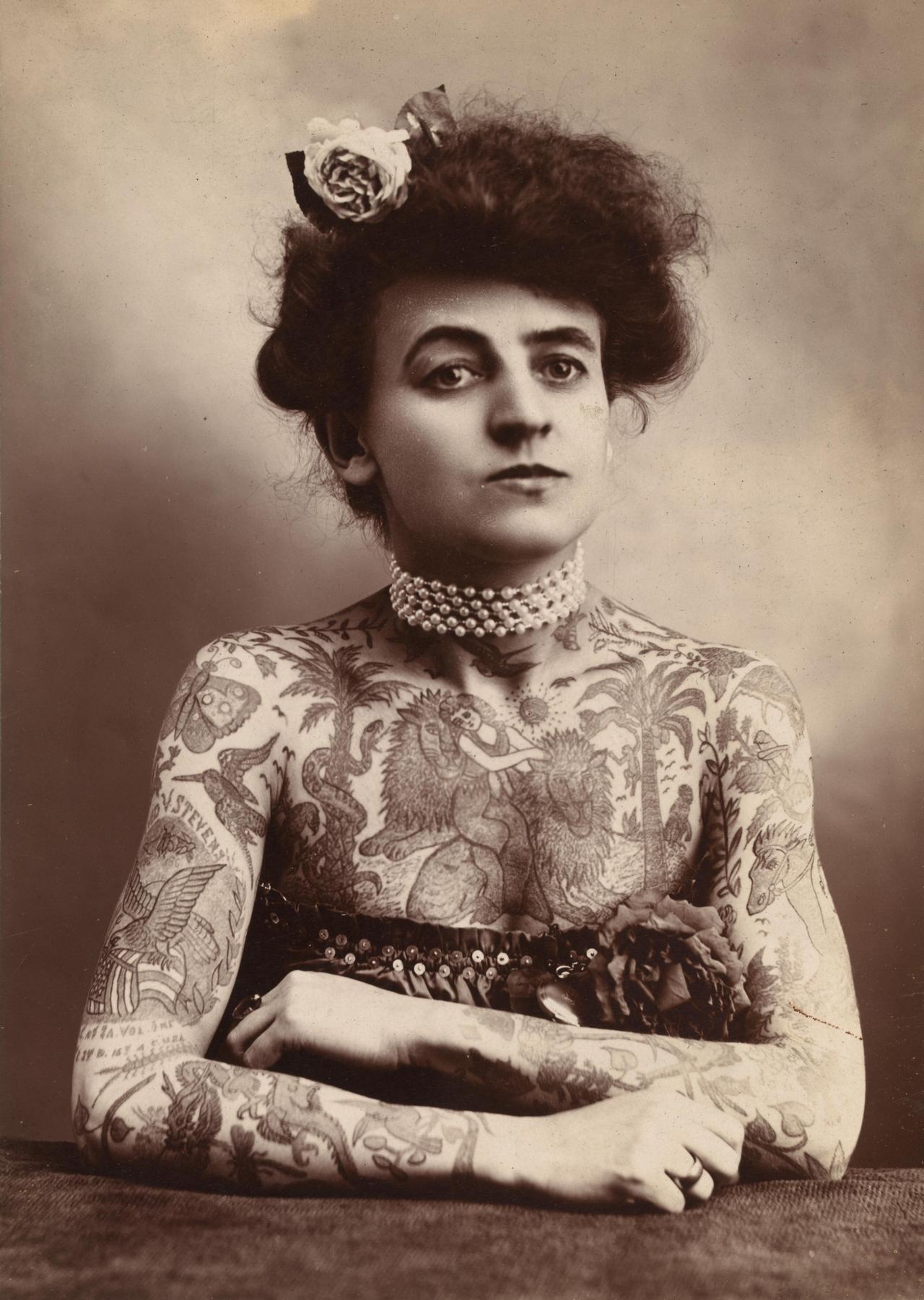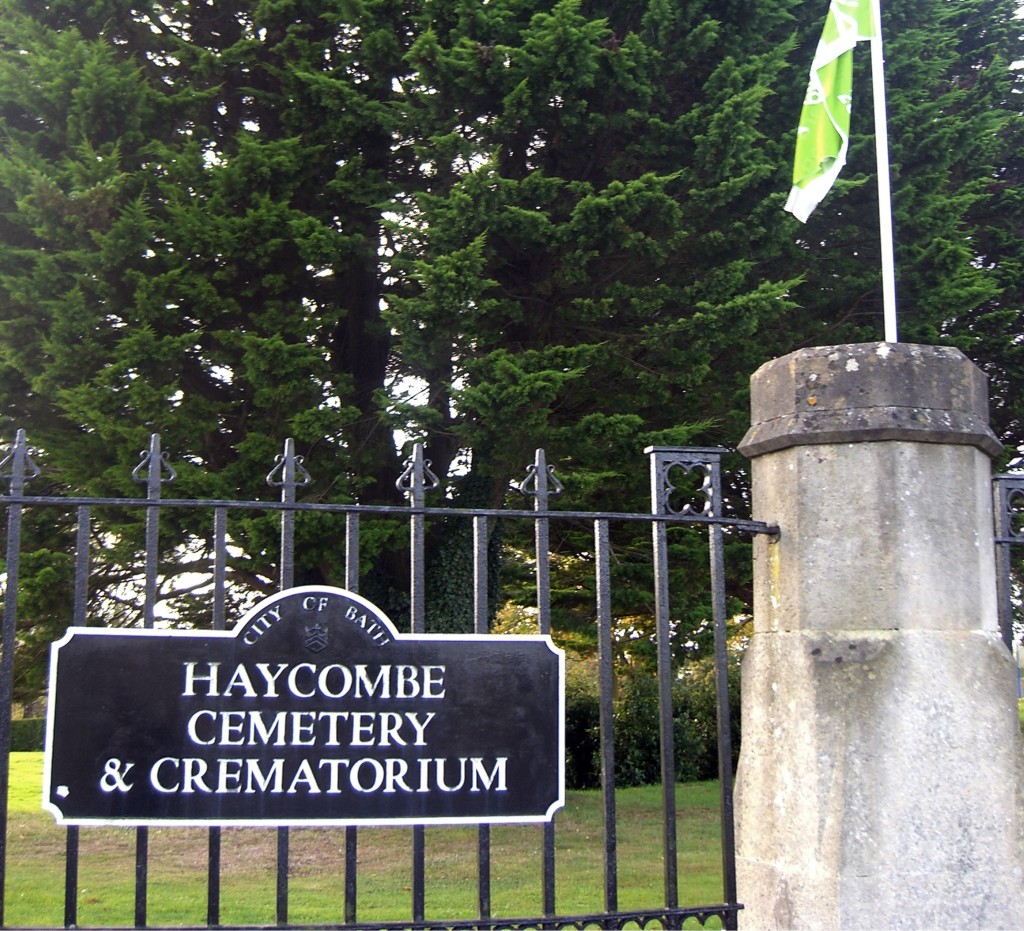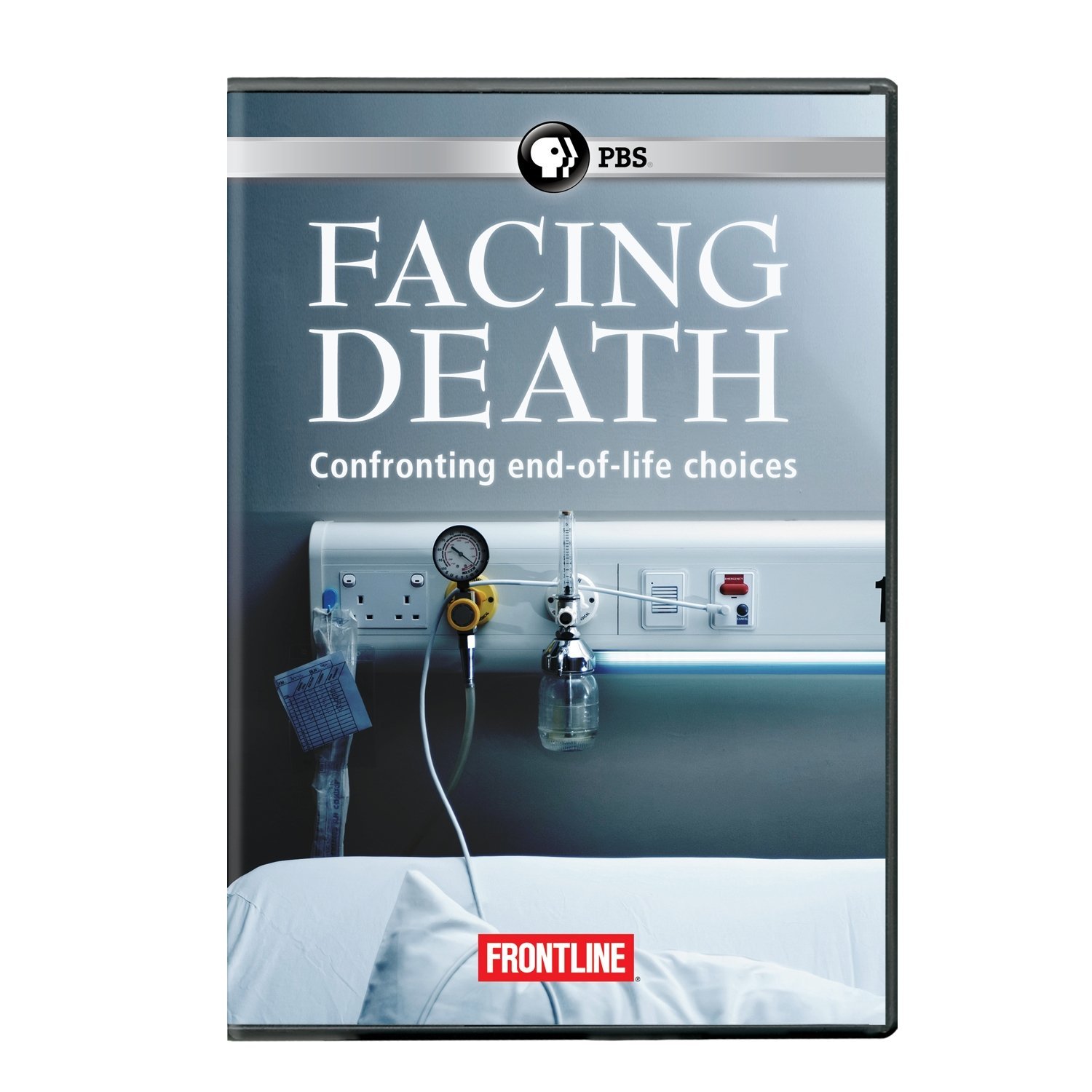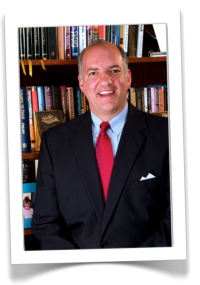Obama Returns to End-of-Life Plan That Caused Stir
Robert Pear, The New York Times (December 26, 2010)
Advance care planning, which touched off a political storm over “death panels,” will be covered under Medicare – a “quiet victory” that supporters have been urged not to crow about.
‘Death Panels’ Controversy: Is Obama Avoiding Congress?
The Obama administration is set to expand options for ‘end of life’ counseling for Medicare recipients. The White House says it’s practical. Sarah Palin says it’s akin to ‘death panels.’
Gail Russell Chaddock, The Christian Science Monitor (December 27, 2010)
‘Death Panels’ are Real — Brought on By Budget Pressures
Norman J. Ornstein, The Washington Post (December 31, 2010)
During the debate over health reform, Rep. Michele Bachmann (R-Minn.), Sarah Palin and others railed against the “death panels” that would result from the bill. Government bureaucrats, critics said, would decide who would die and when. The bill passed – and indeed there are death panels. But they do…
A Reversal for Medicare on Planning for Life’s End
Robert Pear, The New York Times (January 05, 2011)
The Obama administration will revise a Medicare regulation to delete references to end-of-life planning as part of the annual examinations covered under the new health care law, officials said.
End-of-Life Planning Dropped from Medicare Checkup Rules
Ricardo Alonso-Zaldivar, Associated Press (January 5, 2011)
Reversing a potentially controversial decision, the Obama administration will drop references to end-of-life counseling from the ground rules for Medicare’s new annual checkup, the White House said Wednesday.
While most people were enjoying the 2010 holiday season, a most peculiar series of American End-of-Life stories slid under the radar.
Right after Christmas, many news outlets reported that the American Medicare rules had been changed to allow Doctors and their patients to discuss End-of-Life planning as part of an annual medical exam. This was big news because the very idea of discussing End-of-Life issues almost derailed President Obama’s health care initiative. I wrote about that debacle in August 2009: America and End of Life Care: Death, Dying, and Mortality
Then, all of a sudden, there was a policy reversal and it looks like Medicare coverage won’t include End-of-Life discussions– as originally reported a few days earlier.
The whole situation is a little suspicious, and it suggests to me that if the post-Christmas stories had never run, then the End-of-Life rules might have remained.
Who knows.
I have compiled a group of the articles that I read through at the top of the page. They’re all good. Norm Ornstein’s piece is particularly smart.
More than anything, we’ll be back discussing Medicare funded End-of-Life issues in 2011. I guarantee it.





